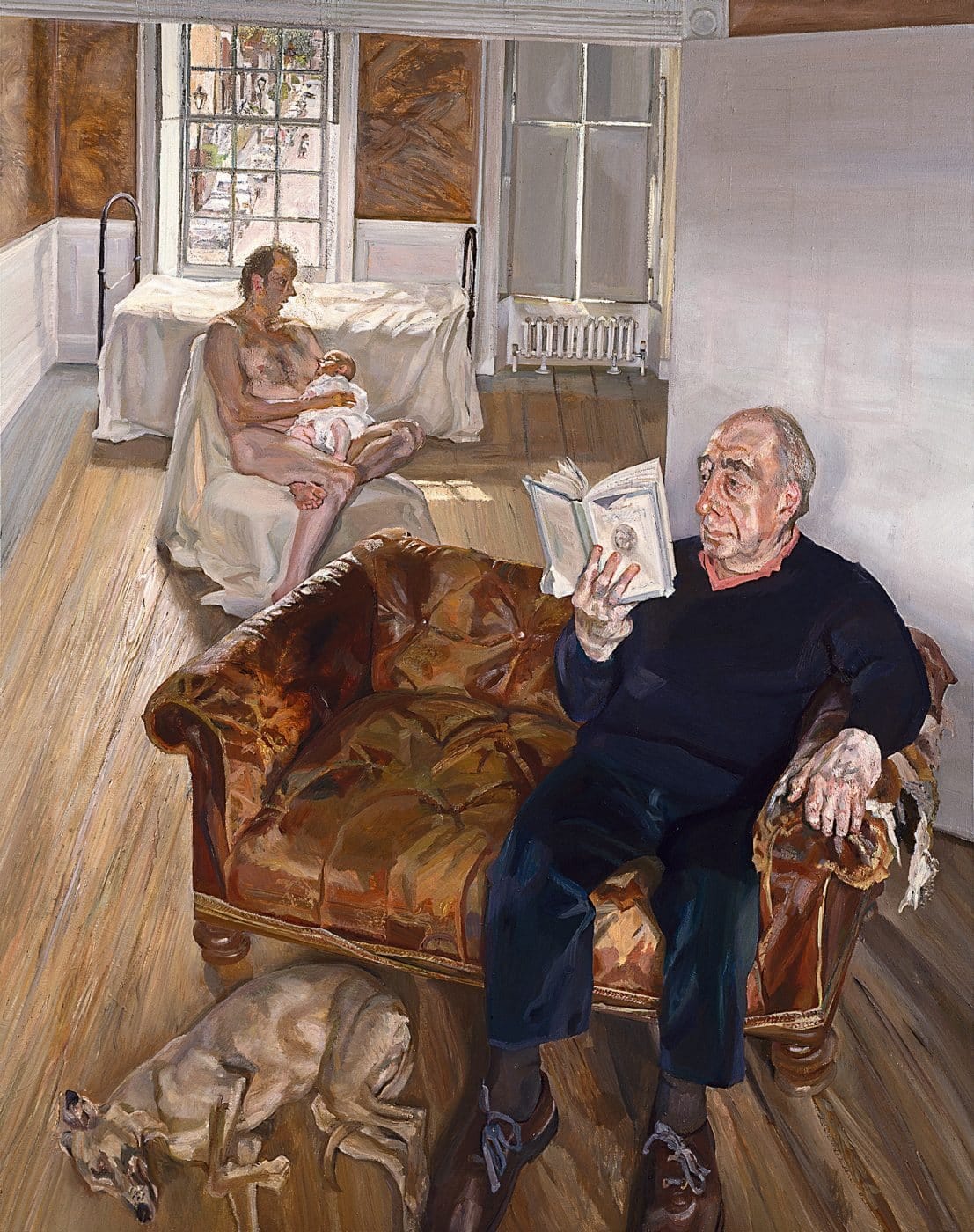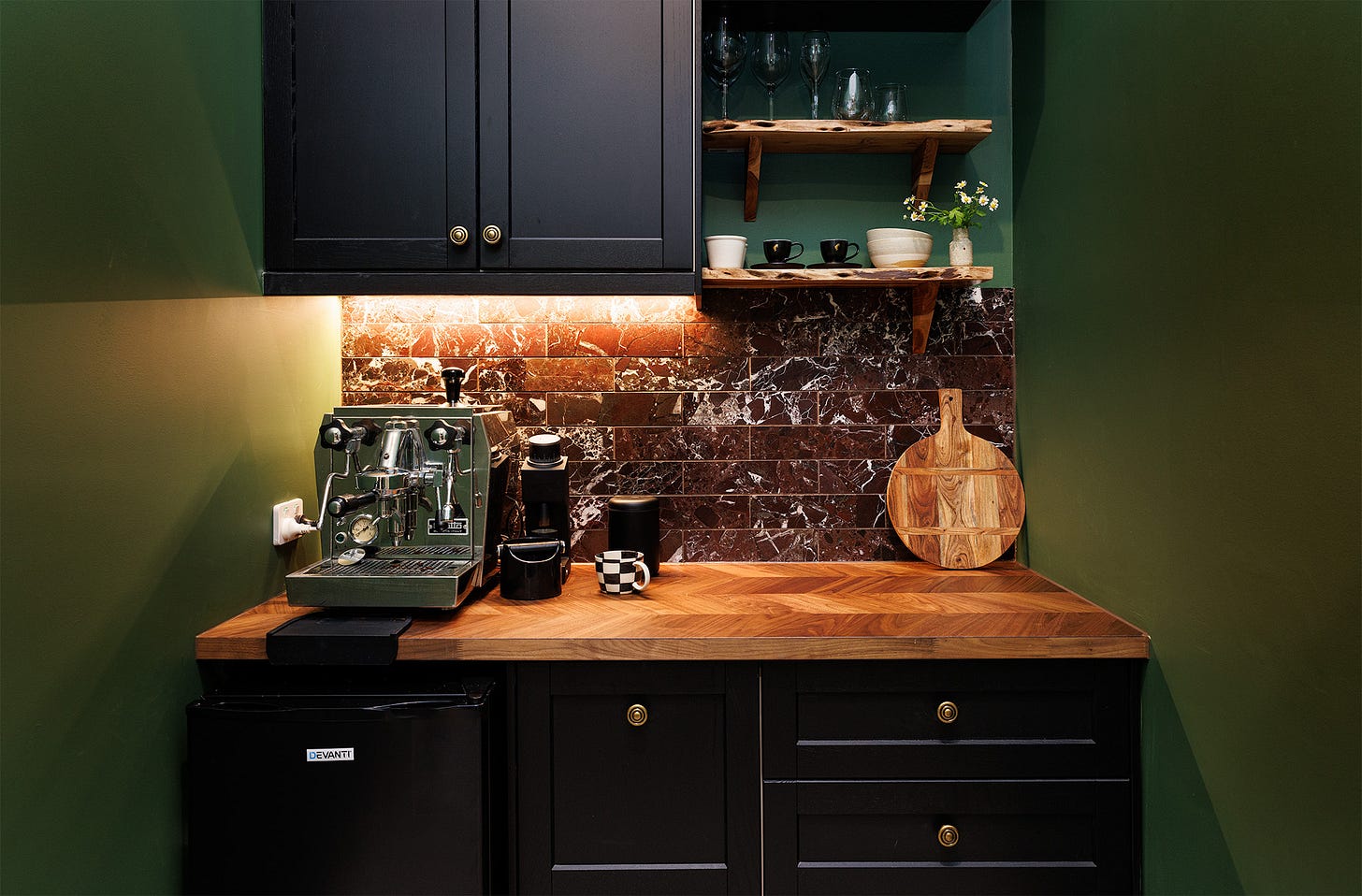#17 Some solace on disorganised attachment.
"Tell me what you fear and I will tell you what has happened to you." D.W. Winnicott
Hello friends,
I wrote this piece a couple of years ago in my pre-Substack life and shared it via my private practice website. Upon re-reading it recently, I found in it one of those rare instances where I still agree with my past self about almost all the content, so I thought it merited re-sharing. A few updates at the end too, if you’re interested in what I’ve been up to.
The intricacies of human attachment have become a source of fascination not only for psychologists and researchers, but more recently, everyone. Resources like Amir Levine’s Attached and public figures like Esther Perel snowballed a prolific-Tik-Tok-fuelled discussion in which vast sections of the population categorised themselves and everyone around them by their attachment style. Disorganised attachment, often deemed more alarming and pathological, remains the least discussed and least understood. Partly as a result, I think, patients walk into my office not infrequently and share in trepidation that they fear they suffer from this infliction, and are therefore incapable of true human connection. The truth is, despite its darker reputation, disorganised attachment is not a life sentence for loneliness, but rather a testament to the enduring power of our longing for love. I hope to say a few words about it here, so that we might begin to recategorise this experience in a more gentle and nuanced way.
Attachment Across a Spectrum
Firstly, a word on the notion of attachment style as it is referred to in the present. Attachment style, like other categorical descriptors often used in psychology, is not actually some fixed, immovable category of experience or an objective entity, like a disease. It can be much better thought about simply as the strategy by which we navigate closeness. We are all searching for the sweet-Goldilocks-just-right amount of closeness in our relationships - not so enveloped by the other that we feel suffocated, but not so disconnected that we feel isolated or lonely. Our “attachment style” is simply the means by which we pursue this sweet spot in our intimate relationships. It exists, as with all human experience, on a spectrum, and fluctuates from season to season, relationship to relationship, and over the course of a lifetime.
For example, people on the more anxious end of the attachment spectrum may have had more experiences of not enough reliable, unconditional closeness, and have therefore, over time, come to see that in order to get the right amount, they are going to need to actively seek it out and hang onto any closeness they find as tightly as they can. People on the more avoidant end of the spectrum, on the other hand, have perhaps had more experiences of intrusion, dominance and envelopment, without enough space for independence. Alternatively, they may have had less access to enough reliable closeness, but coped with this by becoming hyper-independent. Naturally, they have a tendency to navigate relationships with a bit more caution and a tendency to keep others at arm’s length in times of intensity. Neither necessarily needs intimacy more or less - they are simply responding to their life experiences by employing different strategies to achieve the same goal.
The Nature (Naturalness) of Disorganised Attachment
Disorganised attachment gets an especially ominous rap in psychology literature, however, those with “disorganised attachment” are no different from anyone else, in the sense that they are simply trying to negotiate a safe amount of distance and closeness in their most important relationships. What is different and particular for them is the quality of their early experiences, and how these have interacted over time with their inherent or natural sensitivity. People with more a disorganised, or less consistent, attachment style have typically experienced both too much and not enough, to the extreme, over and over again. This may have come in the form of significant neglect, mistreatment, or obvious forms of harm that occur as a function of inconsistent or interrupted caregiving in early life. Whatever the case may be, they are left with less confidence that a consistent means of navigating closeness is going to work for them.
Some other people end up with greater feelings of intensity, confusion and chaos around navigating closeness as a function of receiving nurture from those who were also hurting them; relief and anxiety become inextricably fused in a way that associates even the just-right amount they long for with a feeling of threat. They are left perpetually walking a tightrope, perhaps with a slight lean to one side or the other, but with a constant feeling of the risk of both abandonment and intrusion. This can lead to a propensity for having mixed feelings and sending mixed messages in relationships, as well as experiencing very strong reactions to fluctuating closeness and distance while trying to survive the tides of prospective intimacy.
It is not my aim here to provide a complete summary of the nuances of disorganised attachment, but rather invite a remembering of this ‘category’ of experience as quite like other aspects of how we navigate life. In a sense, the label - “disorganised attachment” - is especially unkind and inaccurate. It is the world that has been found to be chaotic and disorganised; the individual is merely reacting to what they have encountered upon arrival - an inconsistent relational ecosystem warranting an inconsistent response.
Light in the Chaos
All of us, no matter which strategies we most reliably employ, are human creatures who know in the cells of our bodies that we will die without love. Our strategies are born of our experiences, and function to maintain safety in unexpected and unclear ways, even if they appear ‘disorganised’ or dysfunctional on the surface. Hope for those who resonate with these descriptions can come from remembering their intrinsic and extraordinary powers of adaptation. Over time, with consistency of care - whether from a new kind of friendship or romantic relationship, a therapeutic relationship, or powerful inclusion in a community - we truly are capable of slowly writing a new kind of story. With love, devotion and time, even those who have experienced great chaos can come to be “organised” around a hard-earned faith in a safer, more secure world, not only welcomed back to their rightful place in the family of things, but armed with the special gifts unique only to those who have traversed such rough terrain with so much courage and persistence.
A few things from my world lately:
I’ve recently been helping to organise the inaugural Brisbane Psychoanalytic Congress, a one-day conference taking place this November. The Congress aims to be a welcoming, non-dogmatic space for therapists interested in psychoanalytic ideas to share in conversations about real-life clinical work. The theme for the event is The Analyst At Work: Practicing Psychoanalysis in a Changing World. I think we’ll end up talking about all things from transference interpretations to AI therapy robots. If you’re a local therapist, or you are looking for an excuse for a tax-deductible vacation to sunny Brisbane, think about making a submission to our call for papers, or joining the mailing list for updates about speakers, tickets and details of the event. I think it’s going to be really fun.
In this post a while back, I shared some things I really like about
’s podcast Content People, and in a very cool full circle moment for me, she recently interview me for the show! We talked about Carl Jung, modern psychoanalysis, the weird wonderful process of designing my therapy rooms and a bunch of other magic-related stuff. Have a listen here or wherever you listen to podcasts.I would love to welcome a new tenant into my psychotherapy rooms in Brisbane. If you’re a local therapist looking for a professional space to call home, we have a few rooms of various shapes, sizes, prices and vibes. It’s a friendly, beautiful, unique space, ideal for someone seeking to transition to their own gig from a group practice or other work, while striking a balance between a sense of ownership and community. You can see the rooms here, - drop me an email or a message if you’d like to come and have a look around.
Thanks for reading.
In love, and the pursuit of a shared path to a greater truth,
Kate






